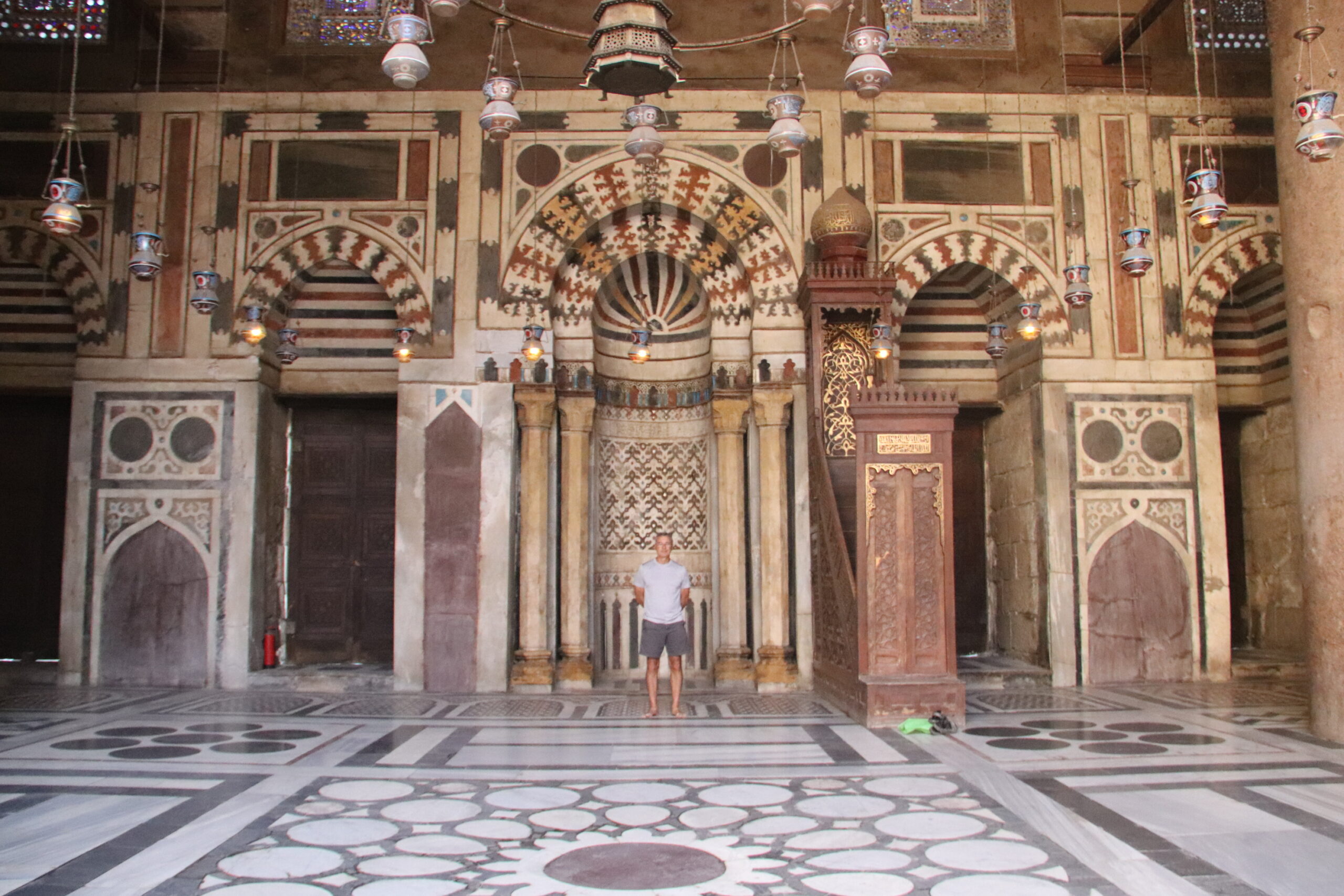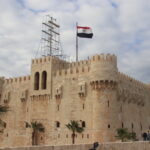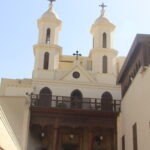Places Of Interest
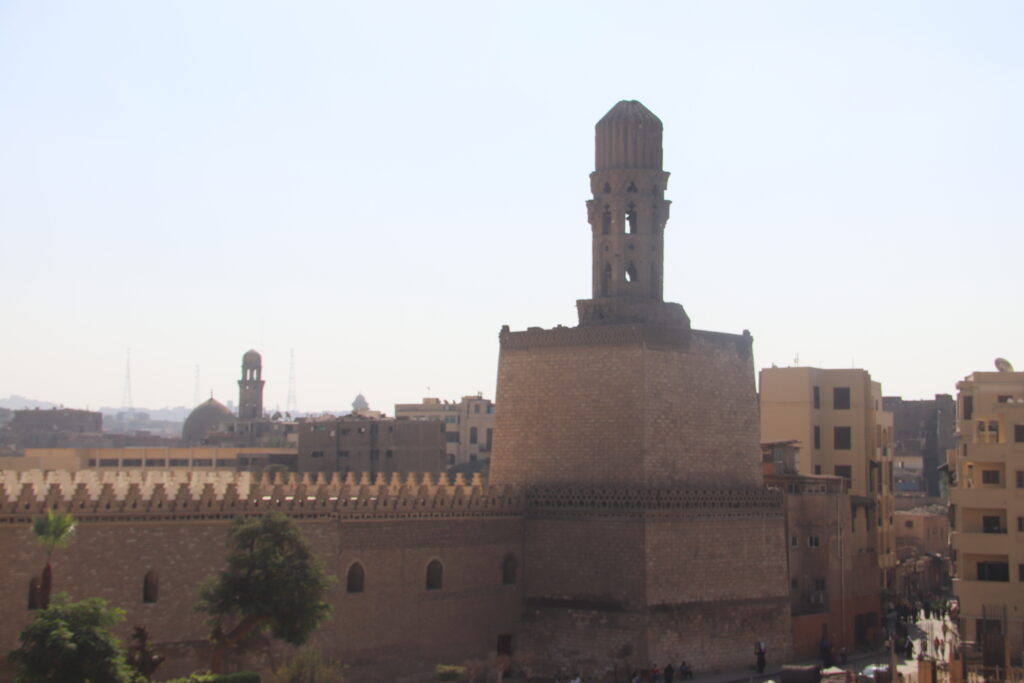
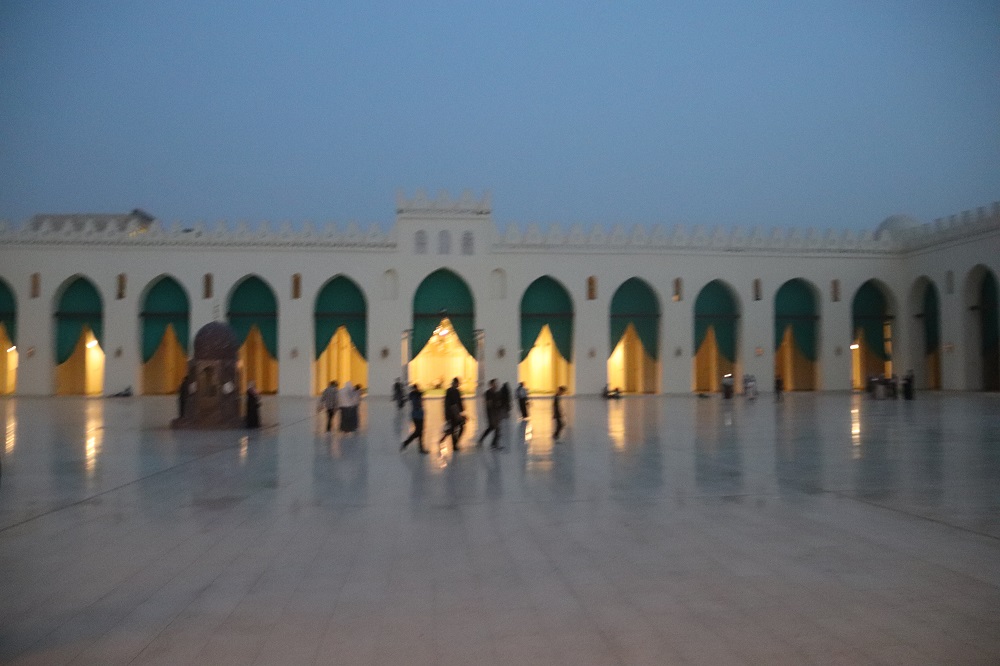

Located just a few meters from Bab Al Futuh at the end of “Al-Mu’iz Street“, the Al Hakim Bi Amr Allah mosque is a fascinating piece of history, dating back over 1,000 years. The construction of the mosque spanned 22 years, beginning in 990 AD during the reign of Fatimid caliph Al Aziz Bi El lah and concluding in 1012 AD under his son, Al Hakim Bi Amr El lah. Constructed from limestone blocks at a cost of approximately 40,000 dinars, it is the second-largest mosque in Cairo after the Ibn Tulun mosque and remains in excellent condition today thanks to various restoration projects carried out over the years.
Despite its age, the mosque has been a witness to numerous activities and events throughout its history. During the French invasion of Cairo in 1798 AD, it served as the headquarters for French soldiers led by Napoleon. It is even said that the minarets of the mosque were used as watchtowers by the French soldiers. The mosque has also been affected by natural disasters, with an earthquake hitting it in 1302 AD- 702 AH.
The mosque has several names, including the “Gate of Futuh” mosque, the Al Anwar mosque, and the Al-Khatba mosque. However, its primary name is the “Al-Hakim bi-amrallah” mosque. Al-Hakim bi-Amr Allah was the sixth Fatimid caliph and was born in Egypt, assuming power from his father at the age of approximately 11 in 386 AH/996 CE. His reign was controversial, with one of his infamous deeds being the burning of the city of Fustat. After ruling for 25 years, his son, Al-Zahir Abu Al-Hassan Ali, took over the throne.
One of Cairo’s largest mosques, which is second only to the Ahmed Ibn Tulun Mosque. This impressive rectangular structure spans an incredible 120 meters in length and 113 meters in width. Admire the intricate details of its open court (Sahn), four porticoes, the largest of which is the Qibla portico, a monumental entrance, and two minarets. We encourage you to take advantage of the opportunity to witness the breathtaking architectural beauty of this iconic mosque.
The mosque consists of:
- Open Court (Sahn).
- 4 Porticoes, the largest of which is the Qibla portico.
- Monumental entrance.
- Two minarets.
Mosque of AL- Aqmr
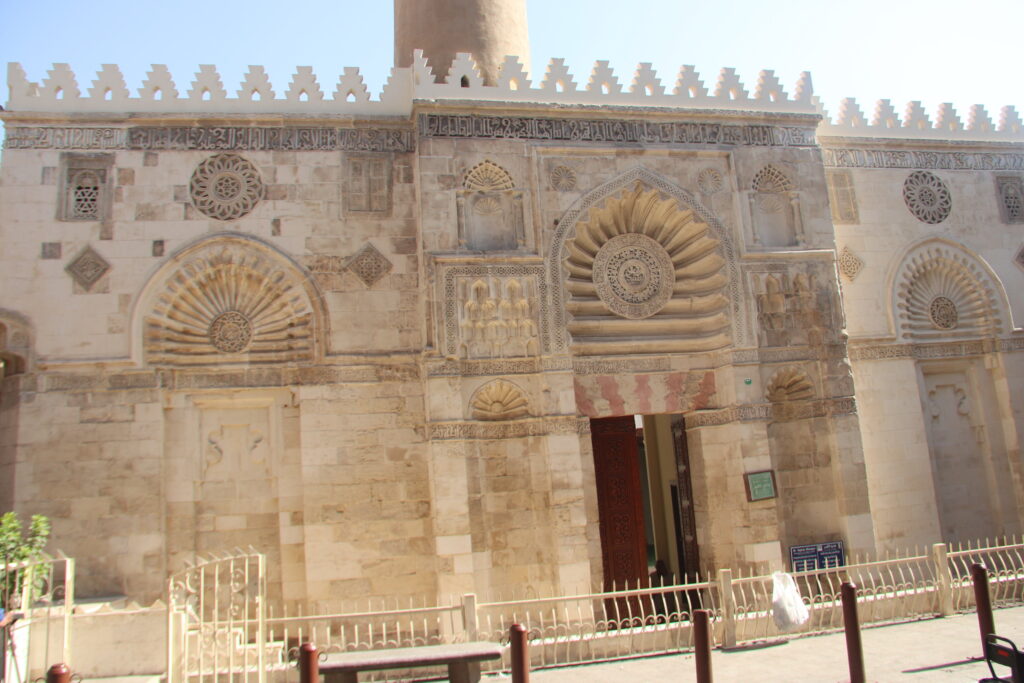
- After reaching the Sabil-Kuttab of Abd al-Rahman Katkhuda, take the left-hand street and continue heading north. You will find the mosque on your right, which was originally located at the northeast corner of the grand eastern Fatimid palace. Al-Aqmr was built by al-Ma’mun al-Bata’ihi, the grand wazir to the caliph AL-Amir between 1121 and 1125. This was a time of great political and spiritual crises for the Fatimid regime.
- The mosque, which will be on your
right, was originally at the northeast
corner of the great eastern Fatimid
palace. - Al- Aqmr, was built by al- Ma’mun al Bata’ihi, grand wazir to the caliph ALAmir from 1121 to 1125, during a time
of great political and spiritual crises for
Fatimed regime. - It was the first mosque in Cairo
in, which the entrance is not an
axis with the qibla wall, that is,
the façade follows the
alignments of the street, while
the qibla wall is oriented toward
“Mecca”. - It was also the first mosque in
Cairo to have decorated stone
façade. - The level street over the
centuries has risen dramatically,
which is why one must descend
stairs to enter the building. - The interior is original, and
bands of Quranic verse in Kufic
script. - Restoration to the mihrab,
minbar and abolitions areas were
made by Amir Yalbughaal- Sultan
Baroque, in 1393.

